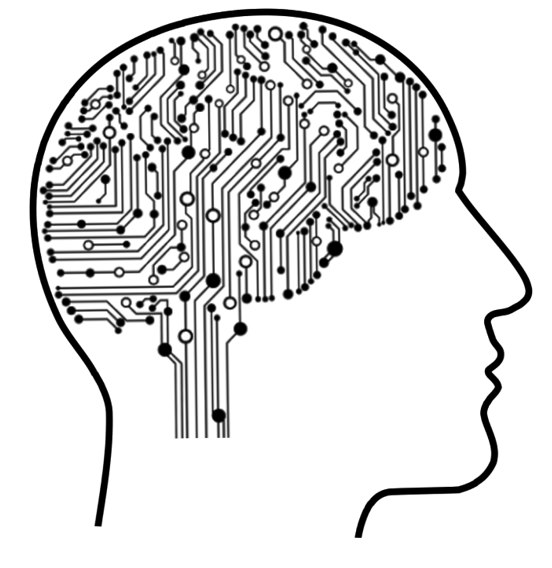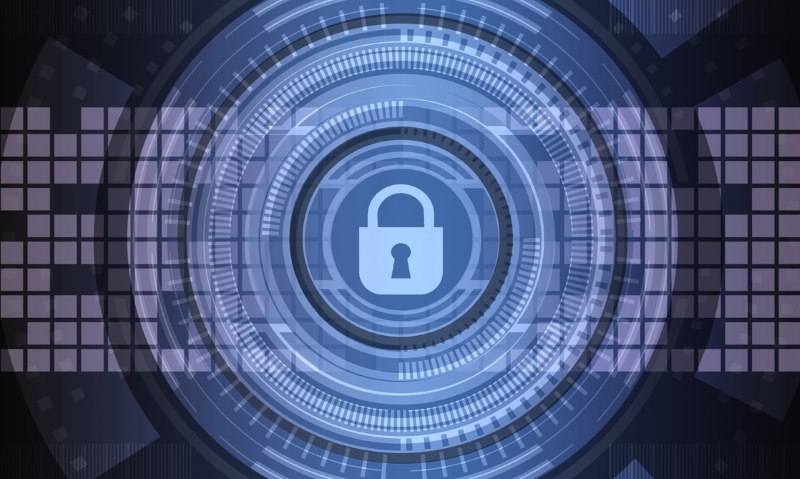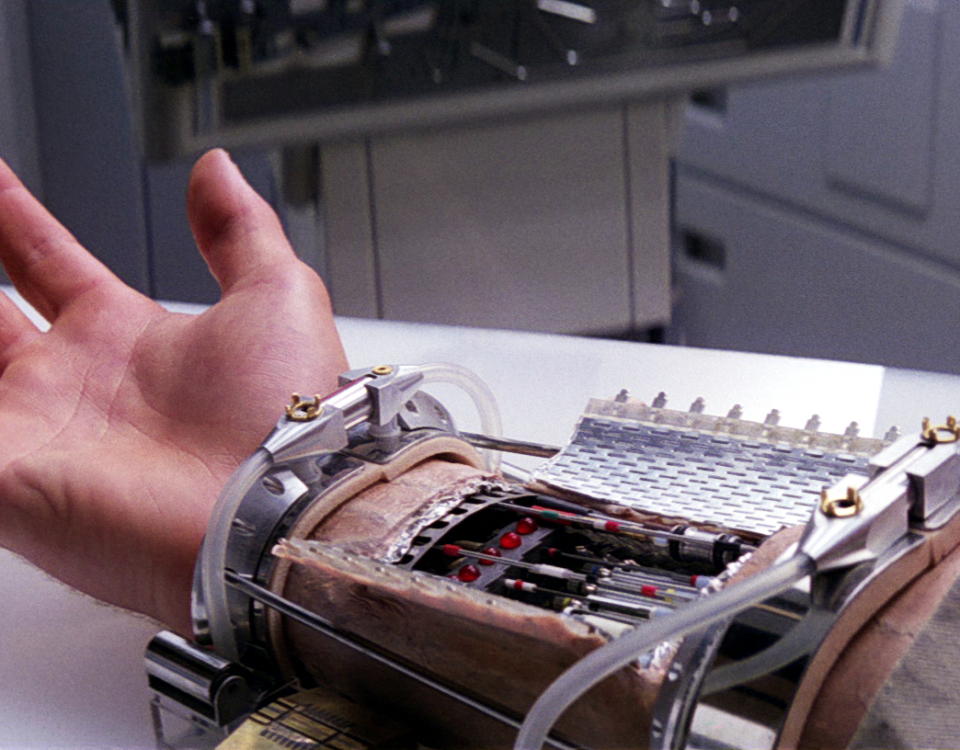Get Ready for the Internet of (Practically) Everything

Embedded Systems Industry Expected to grow, Grow, GROW
August 19, 2016
Limit Conditions for Autonomous Trucks
September 29, 2016Get Ready for the Internet of (Practically) Everything
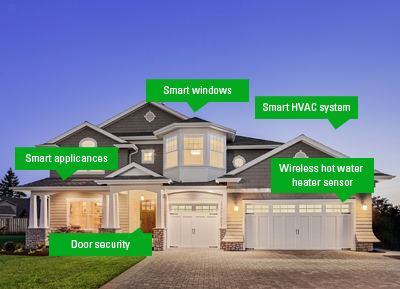
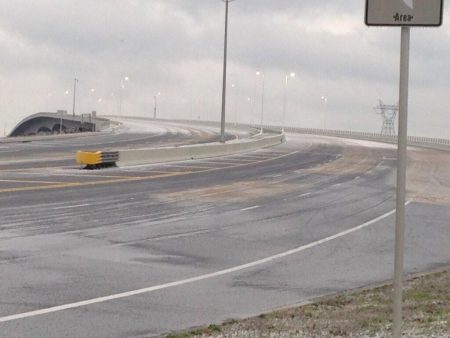
You’re driving down a road in the middle of the winter. It’s the morning rush hour, and ice still clutches the roads. Without you being aware of it, the bridge up ahead of you sends a signal (via an internet connection) to your car, warning you to slow down because of the slickness of the ice and the percentage of cars sliding on the bridge. If you don’t, then your car slows down automatically.
This isn’t the stuff of science fiction; it’s science fact.
You’ve probably heard something about the “Internet of Things,” or IoT. It’s an evolutionary development of the internet where physical devices, vehicles, buildings and other items — which are embedded with electronics, software, sensors and actuators — are interconnected via a network, like the internet.
The IoT is the biggest technological trend in the world today. Gartner analysts estimate that by 2020, 26 billion devices will be part of the Internet of Things. Some estimates place that number well over 100 billion.
The Internet of Things promises to impact every area of human activity, in one way or another. Although IoT could dramatically revolutionize the way we humans interact with technology and devices, what’s happening behind the scenes of IoT development is quite complex and laced with myriad challenges.
 The Internet of Today
The Internet of Today
The IoT is already changing our world. It is enhancing quality of life by opening up living environments where devices work in tandem, irrespective of the nature of their operating systems or applications.
The range of devices that make up IoT is likely to vary wildly in footprint and function (see here and here for several examples):
- GlowCaps are special lids that fit prescription bottles. Via a wireless chip, they provide services that help people stick with their prescription regimen; from reminder messages, all the way to refill and doctor coordination.
- The BeClose system can track your loved one’s daily routine and give you peace of mind for their safety by alerting you to any serious disruptions detected in their normal schedule.
- Smart thermostats like the Nest use sensors, real-time weather forecasts, and the actual activity in your home during the day to reduce your monthly energy usage by up to 30%.
- Devices like the Cobra Tag help you to easily track down those lost keys or cell phone in your house using Bluetooth and other wireless technology.
- Sensors installed inside equipment will monitor if any parts have exceeded their designed thresholds, and will automatically send reports to owners and manufacturers if they have.
 The Internet of Tomorrow
The Internet of Tomorrow
As the IoT picks up more steam in the world, several challenges are likely to emerge. Although they aren’t directly linked with the IoT, these same challenges are outlined in Chapter 2 of Gary Stringham’s book, “Hardware/Firmware Interface Design“:
- Design collaboration: The IoT demands that hardware engineers, firmware engineers and other professionals proactively participate. Like a team rowing a boat, all must be in sync.
- Set standards: While manufacturers of IoT devices focus on proprietary software and interfaces, interconnectivity issues pose one of the biggest challenges in the progression of IoT technology. Unfortunately, many of these devices lack standardized protocols for interoperability of devices, end-to-end integration, manageability and connectivity. This challenge shows no indication of going away anytime soon.
- Load balancing: The Internet of Things also demands a proper balance between hardware and software, and both of those with network constraints. It also demands tremendous scalability in networks to handle the surge of devices. As billions of devices await to be added to the internet, we’ll need to become more adept at manipulating network layer scalability.
- Designing for Compatibility: Designing for compatibility means to design in such a way as to facilitate, where possible, the ability for any version of firmware and any version of hardware to be paired up. It also means that newer versions of hardware won’t break when paired with older versions of a device’s driver.
- Impact anticipation: Anticipate the impact of hardware design on firmware.
- Designing for contingencies: IoT developers must do what they can to prepare their devices for any problems which may appear.
- Planning ahead: Developers should also look ahead and make good decisions today which may pay off in the future without sacrificing their product. Their IoT device’s design may allow for future features and expansion. A terrific example of this is new cell phone models.
Another challenge we face is the most exciting of all: Creativity. Where and how can the IoT be integrated into our lives, and even save lives? For example, in 2007, a bridge in Minnesota collapsed. Many were killed. The reason: the bridge’s steel plates couldn’t handle the bridge’s load. With the Internet of Things, bridge builders could use smart cement, which is equipped with sensors to monitor stresses and cracks. If something out of the ordinary occurs within the bridge’s structure, devices in the bridge could alert engineers to fix problems before they grow larger and potentially injure people.
The IoT allows for virtually endless opportunities and connections to take place. It also promises exponentially greater amounts of data, which are produced by IoT devices, to be processed. As we grapple with these issues and challenges, individuals and families, governments and companies will need to figure out a way to store, track, analyze and make sense of the vast amounts of data that will be generated.

